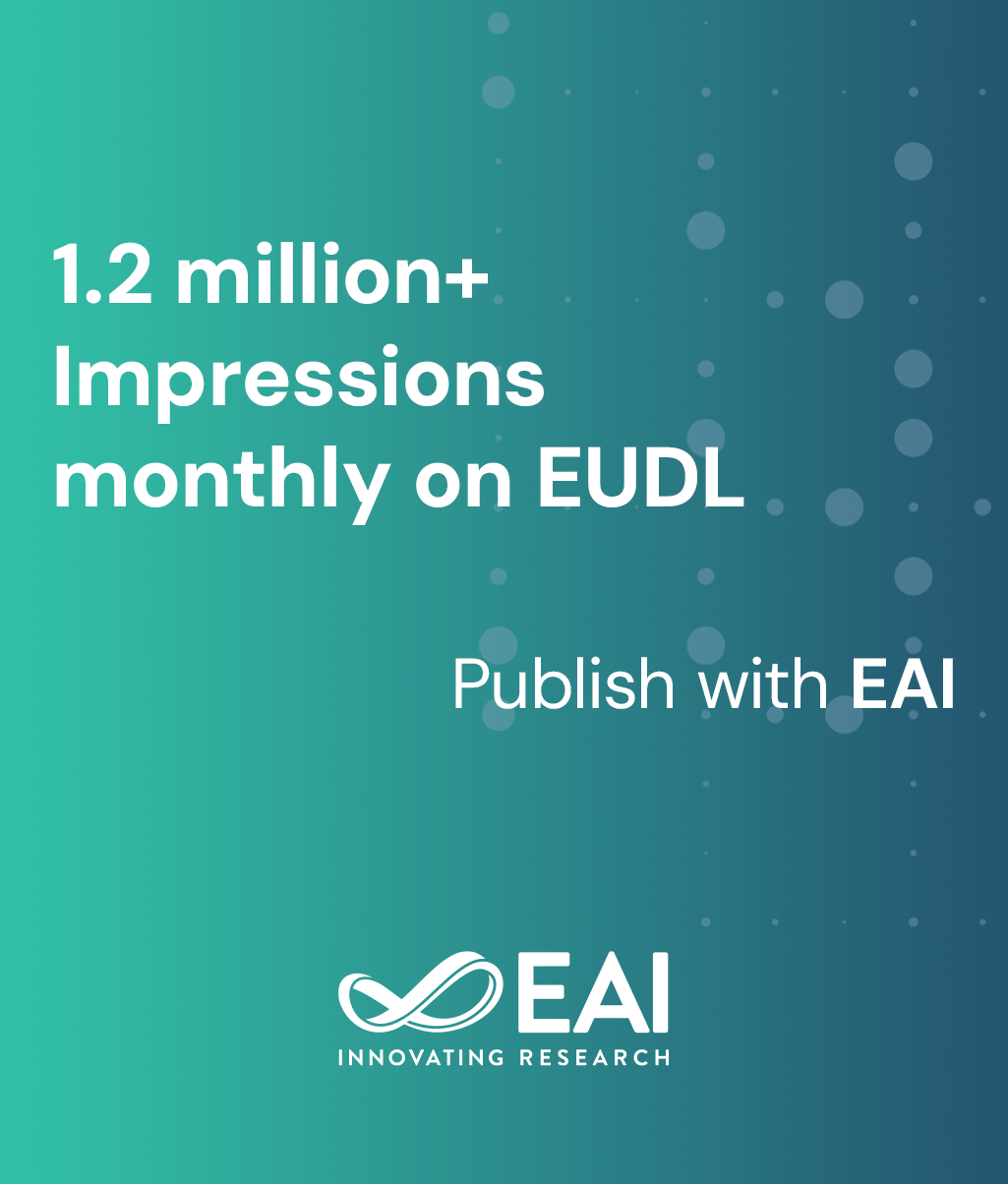
Research Article
Comparison of Machine Learning and Deep Learning Models Performance in predicting wind energy
@ARTICLE{10.4108/ew.7114, author={Saswati Rakshit and Anal Ranjan Sengupta}, title={Comparison of Machine Learning and Deep Learning Models Performance in predicting wind energy}, journal={EAI Endorsed Transactions on Energy Web}, volume={12}, number={1}, publisher={EAI}, journal_a={EW}, year={2025}, month={7}, keywords={Wind Energy Prediction, Machine Learning, Time Series Forecasting, Evaluation Metrics, Cross-Validation , Renewable Energy}, doi={10.4108/ew.7114} }- Saswati Rakshit
Anal Ranjan Sengupta
Year: 2025
Comparison of Machine Learning and Deep Learning Models Performance in predicting wind energy
EW
EAI
DOI: 10.4108/ew.7114
Abstract
The prediction of wind energy generation is important to enhance the performance and dependability of renewable energy systems due to the rising demand for wind-generated electricity and advancements in wind energy technology competitiveness. This study leverages advanced machine learning (ML) and some other statistical and deep learning based time series forecasting models to enhance the accuracy of wind energy predictions. This comprehensive analysis includes nine ML models—Linear Regression, Random Forests (RF), Gradient Boosting Machines (GBM), Support Vector Machines (SVM), K-Nearest Neighbors (KNN), AdaBoost, XGBoost, Support Vector Regression (SVR), and Neural Networks—as well as Four time-series forecasting models—ARIMA, Temporal Convolutional Networks (TCNs), Long Short-Term Memory (LSTM) networks and GRU. Each ML model underwent rigorous cross-validation to ensure optimal performance. The assessment criteria utilized here comprised the Mean Squared Error (MSE), Root Mean Squared Error (RMSE), Mean Absolute Error (MAE), and the R² Score. It was found that among the nine ML models, Random Forests, GBM and KNN consistently provided superior accuracy and robustness, making them the top choices for wind energy prediction whereas the performance of linear regression, SVM and SVR were very poor for the considered dataset. From the experiment, Random Forest, GBM, and KNN showed the best performance with low MSE values of 0.77, 1.95, and 1.51 respectively, while other models had MSEs above 7.5, with AdaBoost reaching 30. Their RMSEs (0.88, 1.40, 1.23) and MAEs (0.093, 0.73, 0.10) also indicate strong predictive accuracy compared to the rest.In this paper, time series forecasting, TCNs, LSTM and GRU networks showed strong capabilities in capturing temporal dependencies and trends within the wind energy data. Visualization techniques were employed to compare model performances comprehensively, providing clear insights into their predictive power. Therefore, this present study offers a robust framework for researchers and practitioners aiming to leverage machine learning and time series forecasting in the realm of renewable energy prediction.
Copyright © 2025 S. Rakshit et al., licensed to EAI. This is an open access article distributed under the terms of the CC BY-NC-SA 4.0, which permits copying, redistributing, remixing, transformation, and building upon the material in any medium so long as the original work is properly cited.


